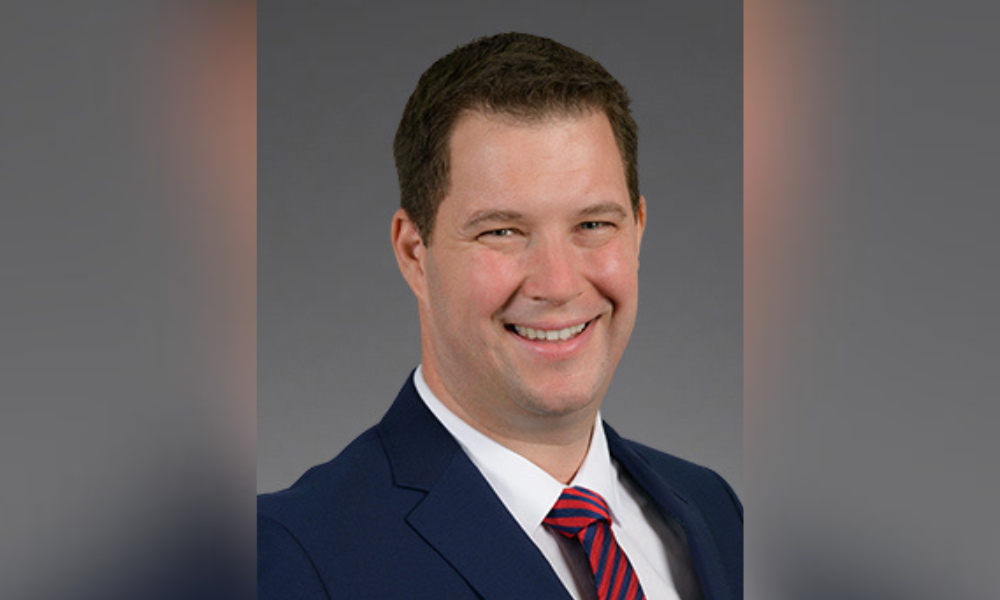
'The more you see organisations responding to their positive duty, you will see people feeling more confident to come forward,' says lawyer offering tips for HR

While many employers have woken to the risk of ignoring sexual harassment in the workplace, many need to do better when it comes to anonymity and monitoring.
The Workplace Gender Equality Agency last week reported that although 99% of employers have policies on sexual harassment, 68% do not provide comprehensive anonymous disclosure processes.
About 28% are not monitoring how prevalent sexual harassment might be.
Employers who think it’s OK to respond to an incident by offering a bit of support and conducting an investigation are operating in the old world, said Stephen Hardy, K&L Gates partner in labour, employment and workplace safety.
“The new regime requires a positive and proactive response to ensuring that this doesn’t happen in the first place,” he said. “It requires ongoing and deliberate steps at the senior management level down to the workforce to say, ‘This behaviour is not tolerated.’”
The Respect@Work recommendations issued by the Australian Human Rights Commission and changes to workplace legislation about the positive duty to prevent sexual harassment have set a standard for what’s not acceptable, but workplace culture must catch up, Hardy said.
According to Respect@Work data, only 18% of sexual harassment incidents are reported. “And that’s notwithstanding that two-thirds of workers surveyed said there was a sexual harassment policy in place within their organisation,” Hardy said.
A proactive approach means making sure staff are familiar with the mechanism in place for people to safely report, he said; and once they do report, having competent investigators bring a trauma-informed approach to their work.
“For the person making the complaint, knowing that someone has that level of expertise in how they investigate and then following that through to taking disciplinary action and making sure the behaviour is stamped out is very, very important [to meeting Respect@Work and positive duty obligations],” Hardy said.
Sexual harassment easily qualifies as a psychosocial hazard, so that protecting someone from a work health and safety perspective means protecting them psychologically.
“The issue of sexual harassment has a direct link to that,” he said. “The significant penalties and significant criminal consequences under the safety legislation are well used.”
An internal anonymous disclosure process would involve a clearly defined person or people who manage the process, well known across the organisation. The mechanism to report must also be defined, whether it be a hotline or confidential email, anonymous or otherwise.
“While there is the option of anonymity, we always would encourage people to be feel confident enough that the system for making a complaint is such that you don’t need to be anonymous,” Hardy said. “You can approach that with confidence, say who you are, say what’s occurred to you and know that you are going to have adequate protections in place and will be free from victimisation and retaliation.”
He points out that an anonymous complaint might limit a company’s ability to investigate.
“It’s about getting ahead on an incident, and making sure workers are confident there is a process for reporting, and that there’ll be no victimisation, a fair and confidential investigation, and that appropriate actions will be taken,” Hardy said.
For the culture of harassment to be challenged, the perpetrators need to fear discovery. For that to happen, the problem of underreporting must be overturned.
The reasons for underreporting are sadly very plain: fear of retribution, fear of retaliation, abuse of power, feelings of powerlessness.
“It causes people to be hesitant,” he said. “People are processing this sometimes for years before they have the confidence to complain.”
In some cases, a perpetrator will have moved on from a company before a complaint is made. It may be the case that the victim feels the cloak of intimidation has lifted.
“I think a lot of the retribution stuff is real,” Hardy said. “It’s often very difficult to prove whether someone is looking at you in a way that is designed to be intimidating. It’s the subtle nuances that the person who’s experienced it will know very acutely.”
A perpetrator may be considered integral to the organisation — an untouchable whose behaviour will be ruled “unacceptable but accepted”, he said, and, in theory at least, “the victim may feel, ‘It’s not worth sticking my neck out if that’s the outcome.’”
But Hardy said the tide is turning.
“There is a real change in view. The social norms and standards of society are such that this behaviour is abhorrent and has no place in the workplace,” he said.
“We require employees to feel confident to approach that system, to engage with it, knowing they will be protected, and if they are not protected, that there are laws in place to deal with that so they can make a complaint confidently and know that something’s going to be done to stop it.”
Actions to minimise the risk of harassment may sound prudish but they are also very simple. Hardy suggested a note to all staff before an event, for example, or a designated person at an event whose job it is to keep an eye on behaviour.
Workers would then see management takes matters seriously.
“The more you see organisations responding to their positive duty, you will see people feeling more confident to come forward and say, ‘I’ve been subjected to behaviour that is contrary to [what you say is acceptable],’” he said.
Hardy reminds clients of their responsibilities this way: the behaviour expected of an employee at work is the same behaviour expected of them at a work event, at the after-event, at the after-after-event and anywhere that links to the workplace, “and the only thing that changes is that there is alcohol being consumed.”